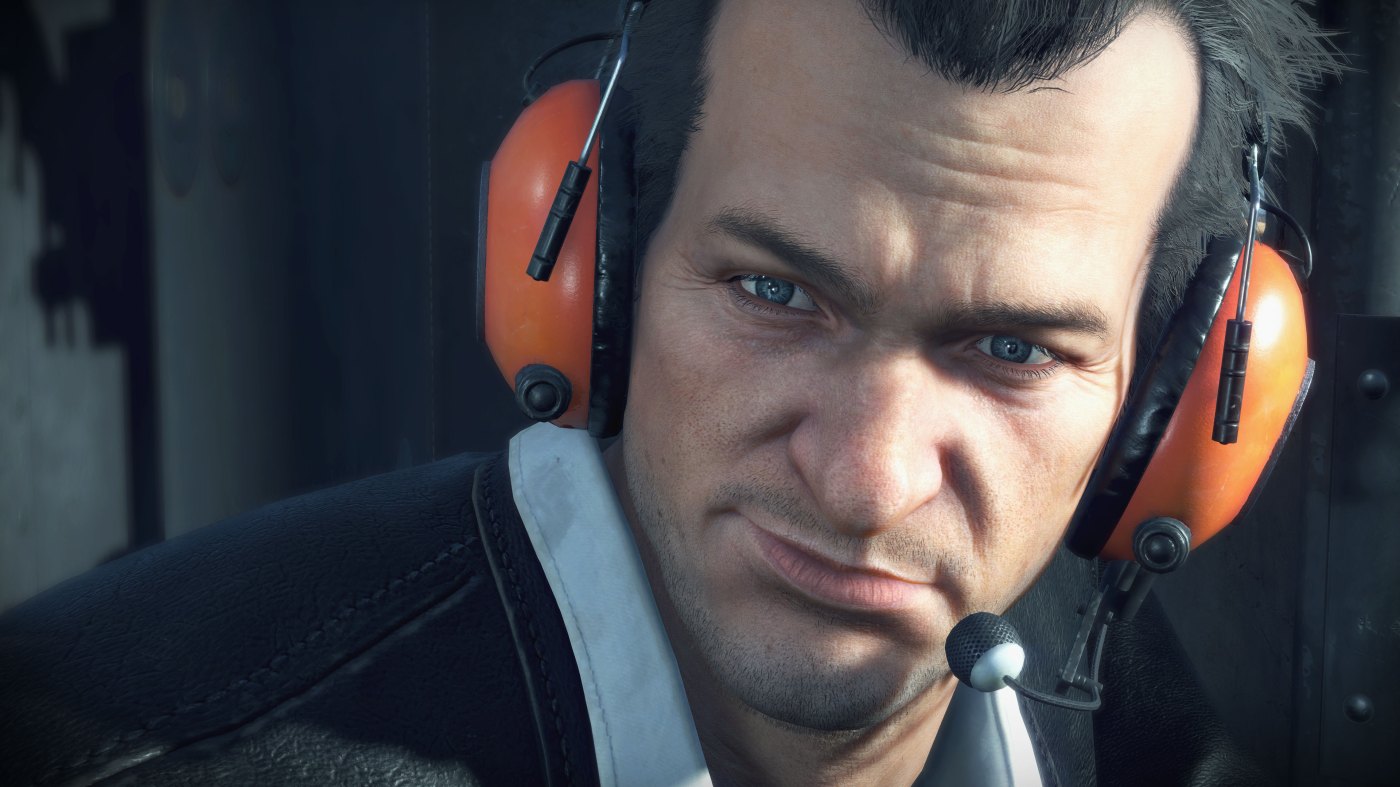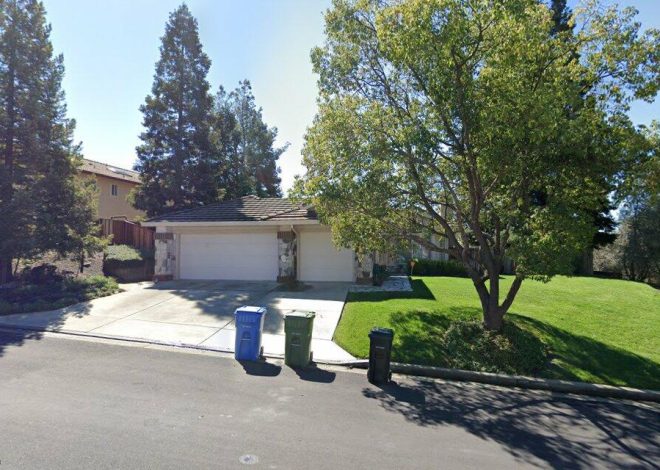
Do these horror game remasters still deliver on a classic experience?
Former PlayStation executive Shawn Layden recently lamented the “collapse of creativity” in the video game industry. He has a point, with the number of remasters coming out over the past few years. With blockbuster titles costing millions of dollars, publishers have become more risk averse, and one of the reliable ways to make a hit is bringing back a successful idea.
Remasters have a built-in fan base, one that craves nostalgia but in a more appealing form. Trying to play some older classics shreds the eyes and frustrates players with a clumsier control scheme. Wrapping a game with modern visuals and refurbishing the gameplay satisfies older fans while also introducing a new generation to the franchise. It’s a win-win.
One of the genres that benefits the most from a remaster is horror. Modern day visuals create deeper immersion and that realism amplifies the scares as players get sucked into the world. Here are three horror game remasters and a look at whether they benefit from the update.
“Until Dawn”: Supermassive Games’ first foray into creating a project that blurs the line between cinema and games is still one of its best. The project used real performances from actors as they portrayed a group of teens who return to a snowy mountain home, where two of their friends disappeared after a prank gone awry.
They were invited by the missing girl’s older brother as a way to heal from the trauma of the incident, but the situation turns deadly. The gameplay is simple and straight-forward as players control each of the teenagers and they try to keep them alive by making the right decisions and executing quicktime events and staying-still minigames.
Does it hold up?: The remaster uses the Unreal 5 engine to create more realistic environments and show off the actor’s performances better. The developer also reworked parts of the narrative, improved the controls and perspective. They even made the game more accessible and less punishing if you don’t have quick reflexes.
Despite the improvements, the timing can be off with dialogue depending on how players interact with the environment and players can find bugs that can take players out of the experience. The other notable part about the remaster is that when “Until Dawn” launched in 2015, Hayden Panettiere was biggest name attached to the project. Since then, Rami Malek’s star has turned and he’s the most recognizable face. His talent shines in his performance.
“Dead Rising Deluxe Remaster”: Although “Resident Evil” is the standard bearer for Capcom’s zombie games, this 2006 title was revolutionary for its time. The project showed what the Xbox 360 could do as it pushed plenty of polygons and inundated players with zombies in a small open world.
It also brought a fresh perspective to the genre as players take on the role of Frank West, who sneaks into the zombie-infested town of Willamette, Colo. The photojournalist believes he’s onto the scoop of the century but is instead trapped in a mall surrounded by the undead and plagued by psychos. Players have 72 hours to solve the mystery behind the outbreak and escape.
Does it hold up?: For the most part, “Dead Rising” holds up despite being 18 years old. The core gameplay is still fun, and with the improved visuals, players get more emotion from the characters and detail in the world. The quality-of-life improvements improves the control scheme while also tweaking the experience points and other elements for the better.
Although these elements have been upgraded, the “Dead Rising” core remains the same. What’s remarkable about the original was how it gave players both freedom to explore and also constrained that with a strict time limit. It creates a tension in how players rescue survivors and tackle missions that many titles don’t have.
“Silent Hill 2”: Back in the day, Konami’s horror series was a pillar of the genre. Whereas “Resident Evil” went for jump scares and action, “Silent Hill” opted for a more psychological approach, one that gave players a constant sense of dread as they wandered the foggy town. Although the franchise has seen several sequels and spinoffs, the second is still the best and one of the best horror games ever made.
With this remake, Konami handed the project over to Bloober Team, an excellent Polish studio that created “The Medium.” The team knows horror and they expertly use the Unreal 5 engine to create realistic visuals. That’s evident from the start as players take control of James Sunderland, who visits the eponymous town after receiving a letter from his late wife.
He discovers an eerie place inhabited by strange monsters and people suffering from different traumas. “Silent Hill 2” has a mix of taut action and puzzle-solving, but what sets it apart is the way fairly open environment and the way the developers use the environment and adversaries to elicit panic, fear and horror. That along with multiple ending depending on subtle player actions made this title revolutionary for its time.
Does it hold up?: “Silent Hill 2” benefits most from the remake treatment as Bloober Team overhauls the visuals to make the town more terrifying and the characters more realistic. That sucks players into the nightmarish world and amplifies the fear.
On the gameplay side, the developers modernize the perspective and modify several elements such as combat and boss fights to appease modern tastes. This wasn’t done haphazardly though and Bloober tweaks the experience to make it more playable while maintaining the terrifying mood.


